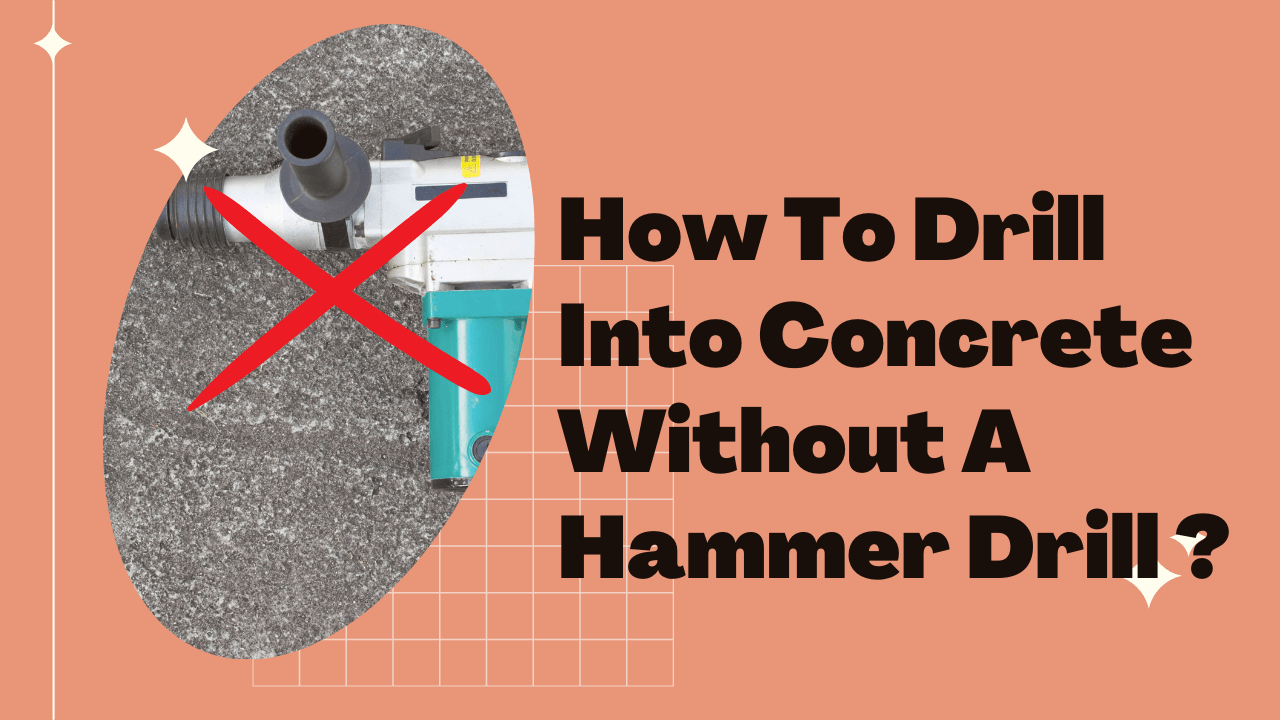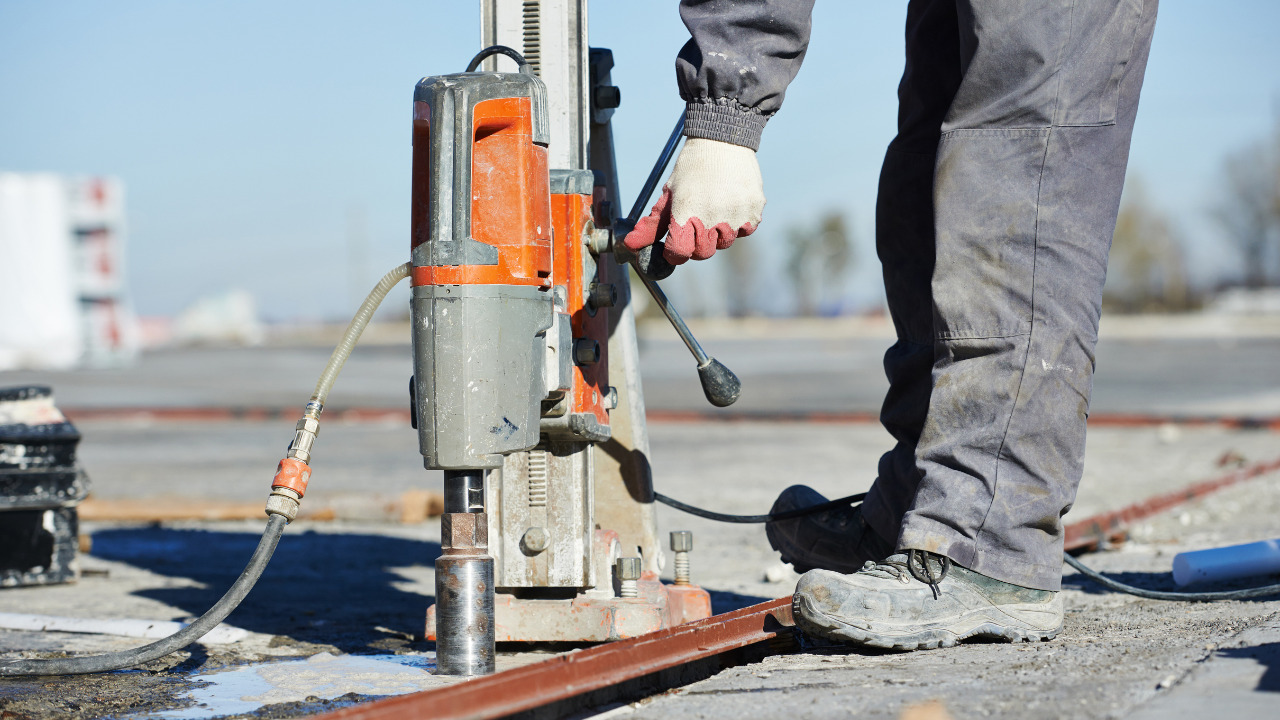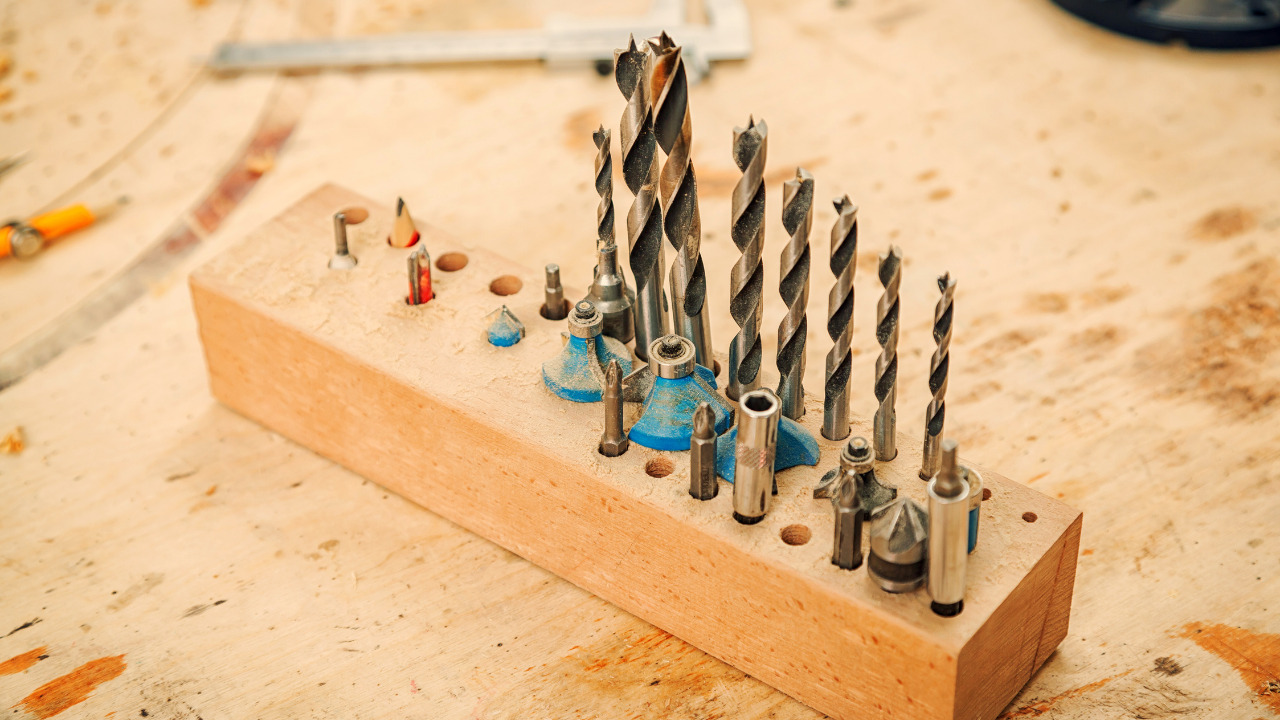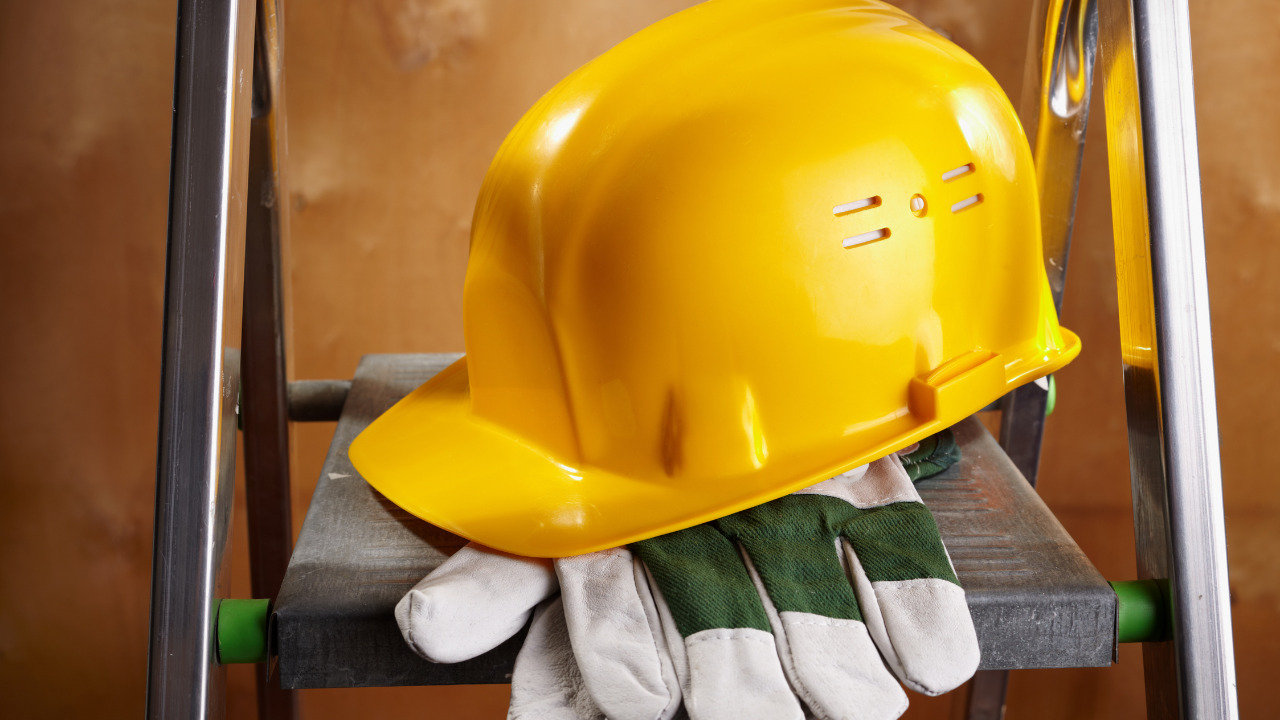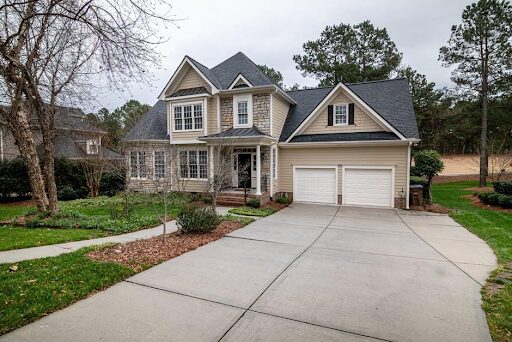Drilling into concrete necessitates the use of a tool with more punch. When drilling into concrete, it’s always better to use a hammer drill, but what if you don’t have one? It is possible to drill or screw into concrete without a hammer drill.
However, having the correct tools would be preferable. You must also be able to drill properly. You risk ruining your tools and the concrete if you don’t. We demonstrate how to drill into concrete without using a hammer drill and provide helpful pointers and advice.
Table of Contents
Why Do You Need A Special Drill For Concrete?
Drills with hammering capabilities will make the process much easier. If the drill is powerful enough, it can easily drill through concrete. However, the procedure will be inefficient and time-consuming.
According to a study, the hardness of concrete increases with age, making it difficult to drill into an old concrete block with a standard drill. Drilling a larger diameter hole with an ordinary drill is more difficult than drilling a tiny one.
Drilling into concrete necessitates using compatible drill bits, as non-compatible drill bits will readily break. Masonry bits are the most common form of concrete bits. These bits have a tungsten carbide tip and drill through bricks and stone. For all types of drilling jobs, sharper drills are always suggested. A diamond drilling in London service is used for really tough to get through materials that need a really good drill.
Is It Possible To Drill Concrete Without A Hammer Drill?
The hammer drill is designed to successfully drive masonry drill bits into concrete without needing multiple drill bits or overheating the motor. A standard drill is a viable alternative if you don’t have access to a hammer drill.
Even if it is hard to compare its effectiveness while drilling into concrete to that of a hammer drill, the normal one can nevertheless complete the operation.
You can use your ordinary drill for concrete drilling if you have the correct masonry drill bits, some nails, and a little effort and devotion. A high-quality and durable masonry drill bit is the best method to go through all that concrete aggregate. These drill bits are developed specifically for drilling holes in concrete.
Masonry Drill Bit Work Approach
The best bits for drilling into concrete are masonry drill bits. They are often composed of heavy-duty tungsten carbide and have a much thicker diameter at the tip for less chance of breakage and damage. You’ve used the same cordless drill for every project around the house.
It can drill new holes into your walls or wood and quickly drive screws into those holes. But the effectiveness of your normal drill is limited. Heavy-duty materials like cement, concrete, and bricks are better suited for hammer drills. It drives the drill bit into the concrete by hammering it and rotating it.
So a hammer drill is not an option at this time. That makes it a little more challenging for you to drill into the concrete, but there is at least one choice. Drilling through concrete with a standard drill is not very effective. However, you can technically drill through concrete using a standard drill in conjunction with masonry drill bits.
Things To Consider Before Drilling Concrete Without A Hammer Drill
- A hammer drill has much greater penetration power into concrete than your typical drill. Starting with smaller masonry drill bits and working your way up will be necessary.
- Using your ordinary drill’s maximum speed is not a good idea when pushing a masonry drill bit into concrete. If you do this, your drill’s motor could burn out, leaving you stuck. As you see fit, start slowly and gradually pick up the pace.
- Newer concrete samples may be drilled through much more easily than older ones. You could only need a hammer drill if the concrete is old.
- It’s more likely that your ordinary drill may overheat because it wasn’t designed for this task. So, to cool the drill bit down, you might need to do so occasionally. Just watch that you don’t put too much strain on the motor.
- A normal drill is a great substitute for a hammer drill in an emergency. A tool specially made for the job you’re using it for is what you desire. Your masonry drill bit can be successfully driven into concrete with a hammer drill without the motor overheating. The most dependable alternative for concrete is a hammer drill.
Ways To Drill Concrete Without A Hammer Drill
Collect Needed Tools
- Gloves
dust mask - Masonry drill bit
- Hammer
- Hose
- A nail gun
Protect Yourself
Put on your goggles to keep your eyes safe from flying concrete shards. Dust and microscopic shards of material can readily lodge in your eyes, creating major medical complications. Also, wear a face mask because drilling produces dust, which can be dangerous if inhaled.
Plan The Job Before Starting
It’s a good idea to plan before you start drilling. Try to assess the location of potential obstructions, such as rebar. The age of the concrete is also something to consider. If you’re working with old concrete, the ingredients used were likely denser, resulting in concrete that’s harder and more durable.
If that’s the case, you can still use a standard drill to drill hit, but you’ll have to start small and use numerous bits to get it to the right size. You might need to borrow a hammer drill if you can’t get through it.
Use A Small Masonry Drill Bit First
Starting with a smaller masonry drill bit is the only method to break the concrete surface. To ensure it acquires traction, apply consistent pressure while keeping an eye on the drill motor to prevent it from overheating.
Smaller drill bits are sharper and have smaller points, making them the finest choice for cutting concrete. Try hammering a pilot hole in the nail if you’re truly stuck. The approach is still recommended even if you use a hammer drill. Because we’re working with a little drill, this is extremely critical.
Because there is no hammering motion, using the correct diameter bit as a starter would require more work.
Use Nail To Clear The Concrete Path
Additional stones and pebbles are present in concrete, and you may encounter a hard place while drilling through it. A hammer drill usually works well for eating through these obstructions, while a standard drill may require more force.
Insert the nail with a hammer into the hole. A few hammer blows to the nail should allow the drill bit to continue.
Work Smart Instead Of Working Hard
You know how effective a hammer drill is if you’ve ever used one to break through tough material. You may push through it and get the task done without any effort.
If you tried the same thing with a standard drill, you’d probably wind up with a dull or broken bit, an overheated drill, or a burned motor.
Conclusion
There’s no denying that drilling into concrete can be difficult and may necessitate using specialist gear. However, your standard drill will suffice if you have a project and don’t have the appropriate drill. There’s always the risk of the drill bit cracking or breaking when drilling hard materials. A bit that flies away from you can cause serious injury.
Check the condition of the bit from time to time to ensure it isn’t destroyed. Moreover, make sure you’re wearing the appropriate protective gear. It’s necessary to wear safety glasses and gloves. A face mask is also recommended to protect yourself from the noxious concrete dust.
Even if you don’t have a hammer drill, we’ve provided all the instructions you’ll need to start your project. So go to the hardware shop, pick up your tool, and get to work!

